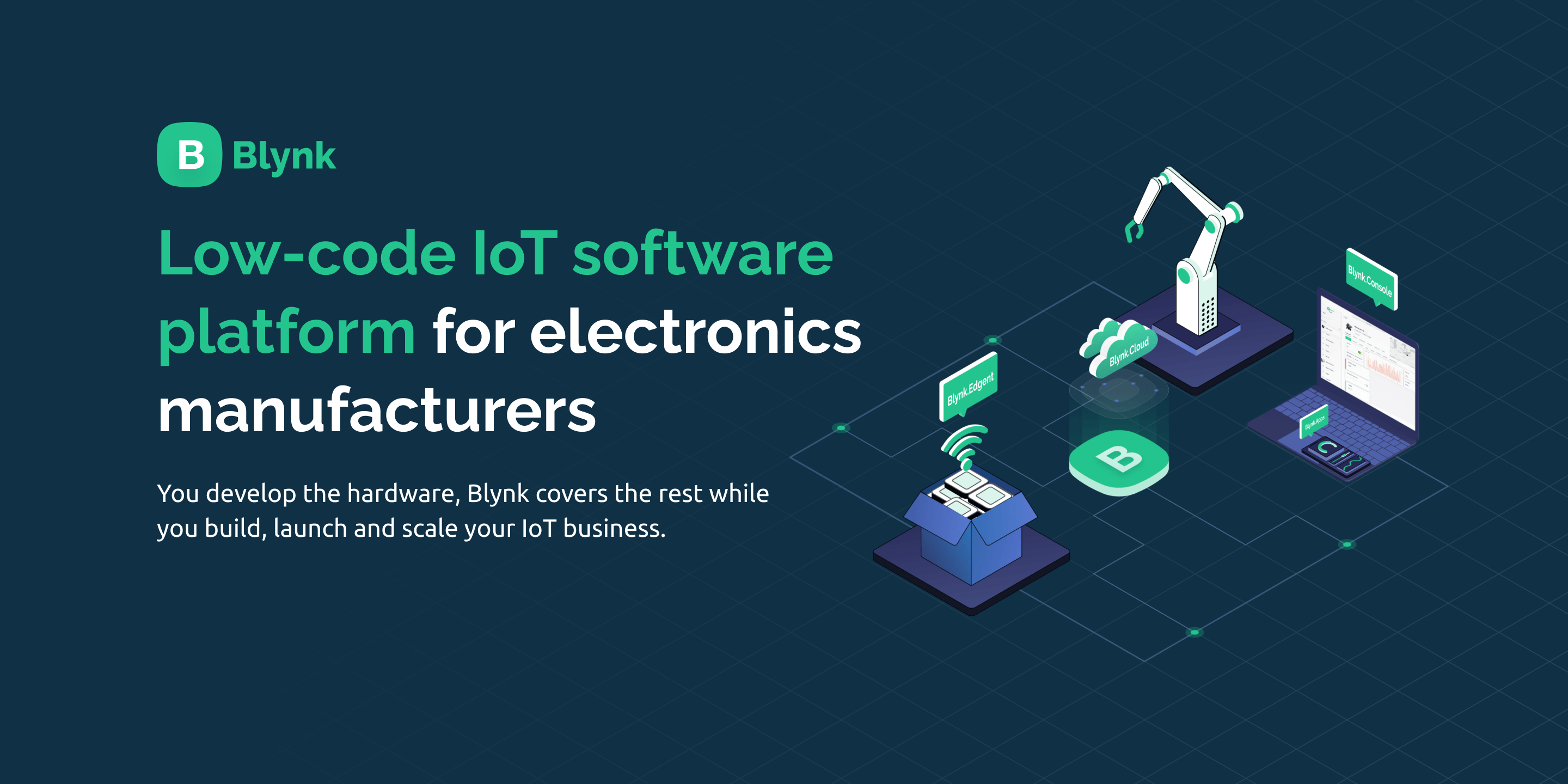Is the future of interconnected devices secure? The proliferation of the Internet of Things (IoT) demands a proactive approach to security, and understanding how to securely connect remote IoT devices using peer-to-peer (P2P) technology on Android is more critical than ever.
The digital landscape is rapidly evolving, and with it, the ways in which we interact with technology. The Internet of Things (IoT), a network of interconnected devices, has transformed our homes, workplaces, and cities. From smart thermostats to industrial sensors, these devices collect and transmit data, creating a vast ecosystem of information exchange. This interconnectedness offers unparalleled convenience and efficiency, but it also introduces significant security challenges. The ability to securely connect remote IoT devices using peer-to-peer (P2P) technology on Android is no longer a luxury; it's a necessity.
The term "securely connect remote IoT P2P Android download" encompasses the acquisition and implementation of tools and applications designed to facilitate these secure connections. This involves understanding the underlying principles of P2P networks, the specific requirements of IoT devices, and the security protocols necessary to protect against unauthorized access and potential cyberattacks. Whether you're a developer, a tech enthusiast, or a business owner, grasping these concepts is crucial in today's interconnected world.
The rise of smart devices and the Internet of Things (IoT) has made remote management a cornerstone for both individuals and businesses. The ability to monitor, control, and maintain devices from a distance offers increased efficiency and responsiveness. However, this remote access opens the door to potential vulnerabilities if not properly secured. That is why focus is needed on "securely connect remote iot p2p android download". Ensuring the security of these remote connections is a priority to prevent any harmful attempts.
Setting up remote IoT P2P on Android might seem complex, but with the right approach, it's achievable. There are several applications available that streamline the process, offering user-friendly interfaces and robust security features. This involves understanding the network architecture, the configuration of the Android device, and the installation and configuration of the chosen P2P applications.
Let's consider a practical example, a remote monitoring system for a home environment. Imagine a network of sensors collecting data on temperature, humidity, and security. These sensors, potentially based on a Raspberry Pi, send data to a central Android device. Using P2P technology, you can securely access this data from anywhere in the world, receive real-time updates, and even control devices remotely. But how is it done?
- Fast Furious 11 Release Date When Will It Hit Theaters
- Bianca Belair Age Height More All About Wwes Est
First, you would need a stable internet connection for both the remote IoT device and your Android device. Secondly, a suitable P2P application should be installed on both the Android device and the remote IoT devices. This application facilitates the direct connection between devices, bypassing the need for a central server. This also helps prevent possible breaches.
Next, it is necessary to configure the P2P application on both devices, typically involving creating unique identifiers and setting security protocols, such as encryption. Finally, you should make sure that the remote IoT devices are correctly set up to communicate through the established P2P connection. This involves the right settings and the software configuration.
The benefits of this setup are numerous. You get a secure connection, ensuring only authorized users have access to the data. The latency is lower, as data flows directly between the devices. And the system is more resilient to network disruptions, as it doesn't rely on a single point of failure. However, this also comes with some drawbacks. You need to ensure proper security measures, you also need to have the technical knowledge to set it up properly.
Understanding the details of secure IoT connections is a critical point in maintaining the integrity of your network. As the number of connected devices continues to grow, the need for robust security measures becomes more pronounced.
Let's explore the technical aspects of establishing secure connections. At the core, P2P technology enables direct communication between devices, bypassing the need for a central server. This decentralized approach offers several advantages, including reduced latency and increased resilience. However, it also presents unique security challenges that must be addressed to prevent unauthorized access and data breaches.
Encryption plays a key role in securing P2P connections. By encrypting the data transmitted between devices, you ensure that even if intercepted, it remains unreadable to unauthorized parties. The choice of encryption algorithms and key management practices is crucial to the overall security of the system.
Another important consideration is the authentication of devices. You need to verify the identity of each device attempting to connect to the network. This involves employing secure authentication protocols, such as certificates or pre-shared keys, to prevent malicious actors from impersonating legitimate devices.
Firewalls can also be implemented on each device to control incoming and outgoing network traffic, creating a barrier to malicious attacks. The firewall configuration should be customized to allow only necessary traffic. Other security measures can be implemented, such as regular software updates to patch any vulnerabilities.
Raspberry Pi is a popular choice as the remote IoT device, offering a cost-effective and versatile platform. Configuring a Raspberry Pi for P2P connectivity involves several steps. Firstly, ensure the Raspberry Pi is connected to the internet. Then, you'll need to install the necessary software to establish a P2P connection. This might include a P2P application or library. Then you need to configure the application, and any necessary security settings, such as encryption and authentication.
The Android device acts as the control point, allowing you to remotely access and manage the IoT devices. Downloading and implementing these systems on Android devices requires a few things. You need to find the right P2P application for your needs, installing it from a trusted source. Afterwards, configure the application to connect to the remote IoT devices using the P2P network. Finally, test the connection to ensure it is working correctly.
Securely connecting remote IoT devices and downloading applications on Android is important. This also includes the configuration on Raspberry Pi and the installation of the necessary tools, requiring attention to detail and a solid understanding of networking and security principles. Regular software updates and security audits are essential to maintain the integrity of the system.
The process of securely connecting remote IoT devices on Android involves a combination of hardware, software, and security protocols. The initial step is choosing the right hardware. The Raspberry Pi, due to its versatility and low cost, is a common selection for IoT projects. This small, single-board computer can be easily configured to collect data from various sensors, control actuators, and connect to the internet.
The following step involves the selection of the correct software. On the Raspberry Pi, you'll need to install an operating system, like Raspberry Pi OS, and the specific software required for your IoT application. This can include software libraries, device drivers, and the P2P communication protocols. For the Android device, you'll need an application that can communicate with the Raspberry Pi over the P2P network. This application provides the user interface for monitoring, controlling, and receiving data from the remote IoT devices.
Once the hardware and software are in place, it's time to implement security protocols. These protocols are crucial for protecting your system from unauthorized access and cyberattacks. Encryption is a vital component, encoding all data transmitted between the Raspberry Pi and the Android device, ensuring that only authorized parties can read the information. This is usually achieved with encryption algorithms like AES or TLS.
Authentication is another layer of security, verifying the identity of each device attempting to connect to the network. This might involve the use of certificates or pre-shared keys, allowing only trusted devices to communicate with each other. Regular software updates and security audits are also crucial, to address vulnerabilities and maintain the overall integrity of the system.
To give a clearer picture, let's go over the steps for an example. First, prepare your Raspberry Pi. Install the OS and any necessary software and configure the network. Then, install and configure a P2P application. After that, install the corresponding Android application from a trusted source. Finally, configure the Android application, establishing a secure connection with the Raspberry Pi via the P2P network.
As the Internet of Things continues to expand, the need for securing remote IoT P2P Android downloads remains crucial. The key is a proactive approach. With the correct knowledge and implementing best practices, you can create a safe and efficient environment for your interconnected devices.
The process of securely connecting remote IoT devices on Android has become a necessity. The process involves selecting and implementing various tools. It requires a strong understanding of networking, security and application design.



Detail Author:
- Name : Aliya Thompson III
- Username : warren06
- Email : ybahringer@yahoo.com
- Birthdate : 1991-06-27
- Address : 37973 Kerluke Fields Apt. 225 Port Monroeside, AZ 22143
- Phone : +1.559.378.6169
- Company : Dickens, Hamill and Hickle
- Job : Logging Equipment Operator
- Bio : Debitis iste recusandae quis et quis. Et omnis sunt esse voluptatem omnis sit totam. Doloremque qui illum porro magnam eos.
Socials
linkedin:
- url : https://linkedin.com/in/cristopherdietrich
- username : cristopherdietrich
- bio : Vitae odit quia consequatur qui non iste.
- followers : 2456
- following : 2072
facebook:
- url : https://facebook.com/cdietrich
- username : cdietrich
- bio : Qui sunt eum ut recusandae quis cumque omnis consequatur.
- followers : 6418
- following : 1368